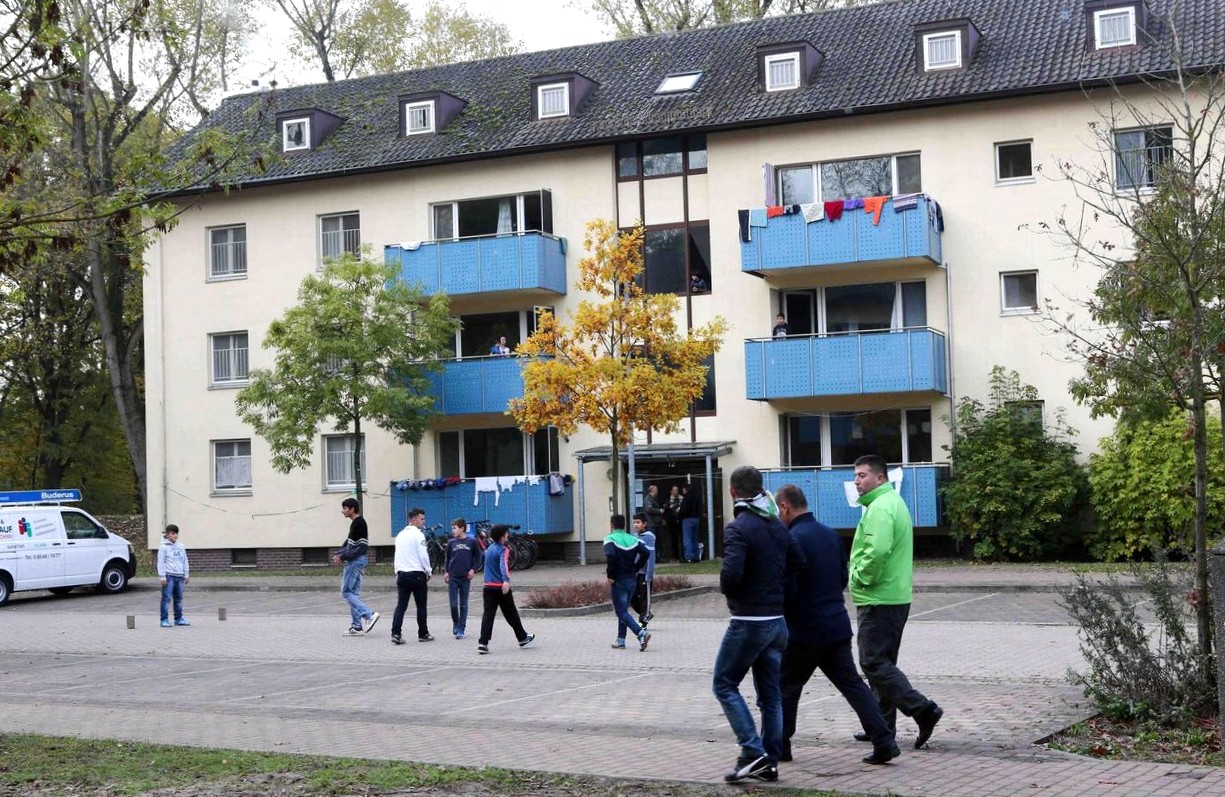Refugees are unevenly distributed across bavaria

Where do most refugees live in bavaria?? Are there regions where there are above-average numbers of asylum seekers?? Actually, this should not be the case, because they should be evenly distributed across the free state in relation to the number of inhabitants. But apparently the reality lags behind the decree of the state government.
According to the latest figures, there are currently 156.000 refugees accommodated. Research by bayerischer rundfunk has now revealed that many cities with no district take in more refugees than districts in their immediate vicinity. A phenomenon that can be observed above all in franconia.
Average: twelve refugees per 1000 inhabitants
On average, bavarian counties and cities have accommodated twelve refugees (per 1,000 inhabitants) in regular facilities.
In the cities of bamberg and schweinfurt, the number of refugees is more than twice as high, at 26. In the district of bamberg, on the other hand, the ratio is 6.7 refugees per 1000 inhabitants. One explanation: bamberg has the so-called arrival and return facility (ARE II), which is home to more than 1,000 people from the western balkans who have a low likelihood of staying. Bamberg’s mayor andreas stark (SPD) emphasizes to our site: "as a city, we are taking on responsibility. We can’t just push problems off to the higher political levels, but we see ourselves as grievers here."
The district of roth in central franconia also took in more refugees than it had to according to the bavarian asylum transit ordinance. 23.8 refugees per 1,000 inhabitants are housed there. Suitable living space has always been made available in good time in the roth district thanks to intensive searches and regular newspaper advertisements.
High rate of refugees in hof
There are parallels to this in the city of hof: here, too, the key has been exceeded for years, with 16.13 asylum seekers for every 1000 inhabitants.
At present, however, there is a certain degree of relaxation with regard to the number of newly arriving refugees in upper franconia. According to the district’s figures, only one or two asylum seekers are currently arriving per day. During the peak periods of last year, the number of refugees was up to 300 per day. Reason: since mid-february, between 5,000 and 7,000 refugees have no longer crossed the borders to bavaria, but only between 50 and 140. And the municipalities can breathe a sigh of relief.
By the way, there are fewer refugees in the area around munich, where the number is only about eight per 1000 inhabitants. The main problem is that there is an expensive shortage of housing. However, these regions are far from a situation like that in northern bavaria, where there are certainly many vacant properties. A problem that will also have an impact on the later integration of the refugees.